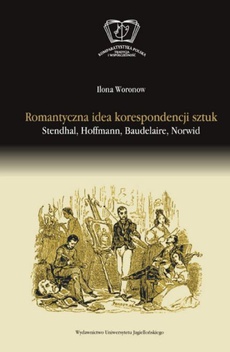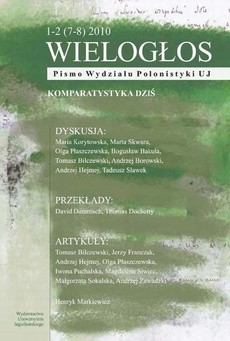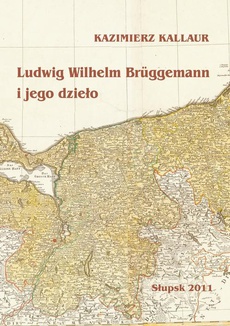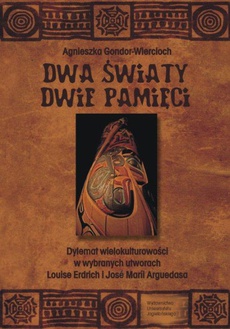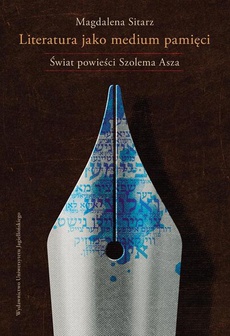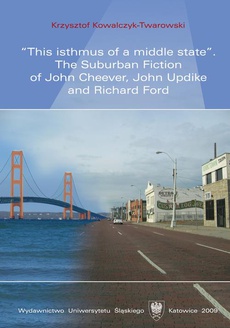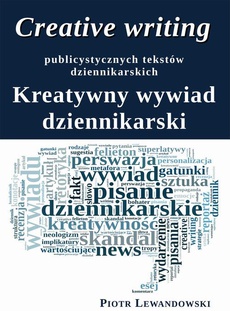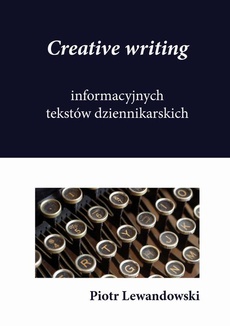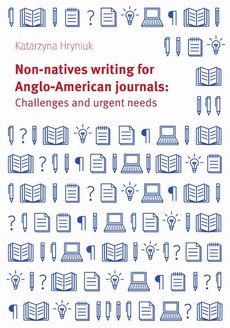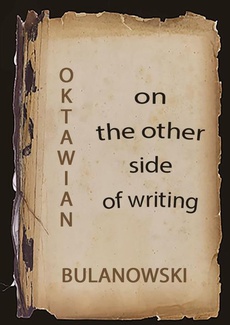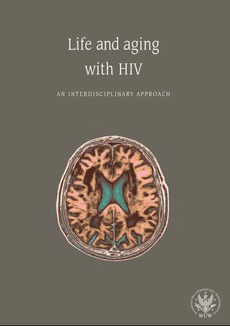POLECAMY
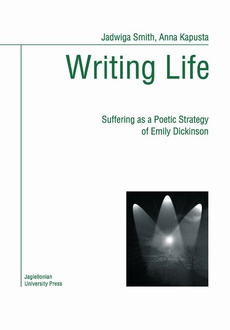
Writing Life. Suffering as a Poetic Strategy of Emily Dickinson
Redakcja:
Format:
ibuk
The analysis of a selection of Emily Dickinson’s texts confirms the notion that suffering occupies the principal position in the poet’s work. Her poetry constitutes an example of a painful literary quest for subjectivity as well as an act of self-transcendence, which means that through her writing the poet obtained conscious control over her personal anguish. By using pain as a poetic strategy she transformed her private biography into a literary text. In this way she became a model for coping with suffering and using it for self-examination and self-development.
In Emily Dickinson’s poems suffering creates a new language and a new outlook on the self and the world. During the investigation of her poetic texts three dimensions of suffering as a poetic strategy have been distinguished: suffering as a theme, suffering as a subversive force affecting the language and suffering as a form of poetic expression. The critical tool used for this analysis was the theory of Julia Kristeva, who emphasises these elements as crucial in the interpretation of literary texts. [...]
The healing power of Emily Dickinson’s poetry lies in her presenting that suffering also has the positive, empowering side. By displaying an astounding autonomy and showing an alternative way of existence the poet demonstrated that fulfilment can be understood in a very broad sense. Her poetry constitutes evidence that the creative processes can be used as psychotherapy for both the creator and the recipient. [...]
From Conclusion by Jadwiga Smith and Anna Kapusta
e-ISBN 978-83-233-8385-7
| Rok wydania | 2011 |
|---|---|
| Liczba stron | 92 |
| Kategoria | Literaturoznawstwo |
| Wydawca | Wydawnictwo Uniwersytetu Jagiellońskiego |
| ISBN-13 | 978-83-233-3260-2 |
| Numer wydania | 1 |
| Język publikacji | polski |
| Informacja o sprzedawcy | ePWN sp. z o.o. |
Ciekawe propozycje
Creative writing tekstów dziennikarskich
do koszyka
On the Other Side of Writing
do koszyka
UX writing. Moc języka w produktach...
do koszyka
Life and aging with HIV
do koszyka
Life Everlasting
do koszyka
Life in the Days of Cicero
do koszyka
Spis treści
| Acknowledgements | 7 |
| Introduction | 9 |
| Chapter 1. The Dualistic Nature of Suffering | 13 |
| 1.1. Suffering as a dispiriting factor | 13 |
| 1.1.1. Lack of love | 15 |
| 1.1.2. Lack of maternal love | 17 |
| 1.1.3. Lack of romantic love | 19 |
| 1.1.4. Lack of God | 22 |
| 1.1.5. Lack of health | 27 |
| 1.2. The Empowering side of suffering | 34 |
| 1.2.1. Suffering as a stimulus to greater self-understanding and creativity | 34 |
| 1.2.2. Adopting an unorthodox feminine role | 36 |
| 1.2.3. Poetry as a sublimation of rage | 41 |
| 1.2.4. New spirituality | 45 |
| 1.3. Conclusion: Emotional disturbance as a prerequisite of a poetic explosion | 49 |
| Chapter 2. Kristeva’s Main Tenets | 51 |
| 2.1. Kristeva’s concept of abjection and Emily Dickinson’s poetry | 51 |
| 2.2. Semiotic features in Emily Dickinson’s poetic language | 57 |
| 2.2.1. “Unorderable cognitive chaos” | 59 |
| 2.2.2. Ambiguity caused by compression and elision | 60 |
| 2.2.3. Unorthodox treatment of grammar | 61 |
| 2.2.4. Absurd phrases | 63 |
| 2.2.5. Slow delivery | 64 |
| 2.2.6. Repetition and obsessive litanies | 64 |
| 2.2.6.1. Repetition of a phrase | 65 |
| 2.2.6.2. Parallels of syntax | 65 |
| 2.2.6.3. Repetition of the same sound and alliteration | 65 |
| 2.2.6.4. Obsessive litanies | 66 |
| 2.2.7. Interruption in speech flow | 66 |
| 2.2.8. The pressure for silence | 67 |
| 2.2.9. Mood swings – self belittling to self-confidence | 68 |
| 2.3. Strategies for representing suffering | 71 |
| 2.3.1. Minimalism as a technique for representing despair | 71 |
| 2.3.2. Composition as a technique to present loneliness | 73 |
| 2.3.3. Sarcasm and irony as a tool to illustrate defiance | 75 |
| 2.3.4. Realism as a technique of humanising pain | 78 |
| 2.4. Conclusion: The functions of poetic techniques in Emily Dickinson’s poems | 80 |
| Conclusion | 81 |
| Summary | 85 |
| Streszczenie | 87 |
| Works Cited | 89 |


